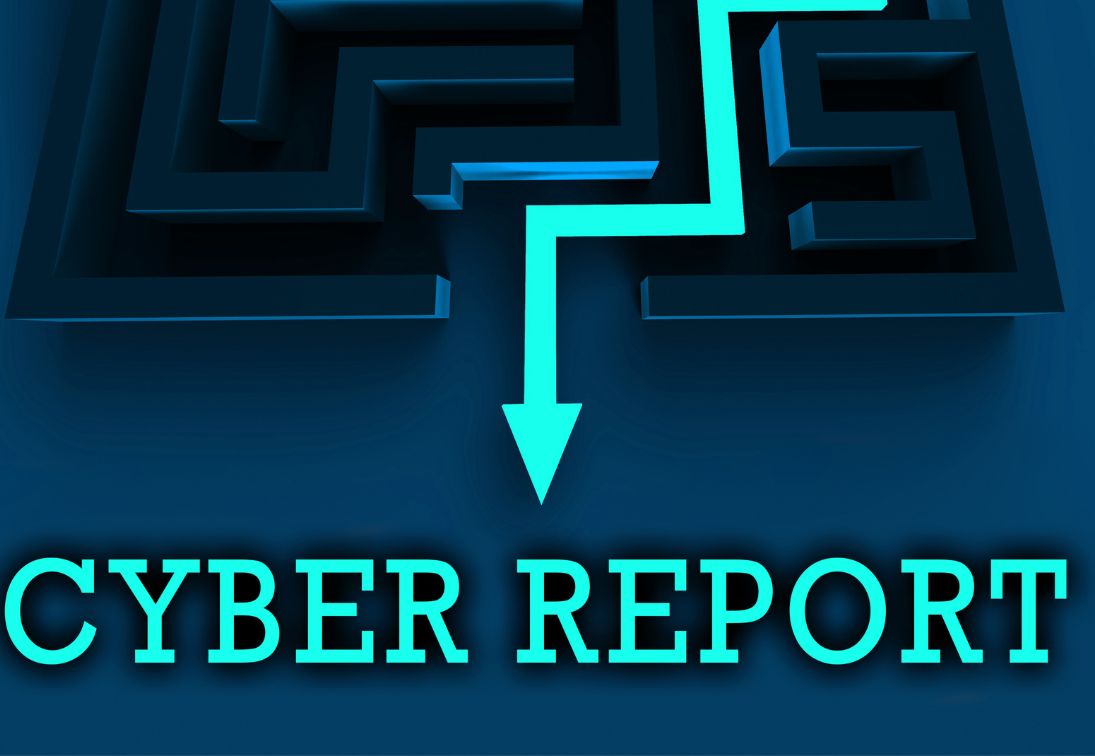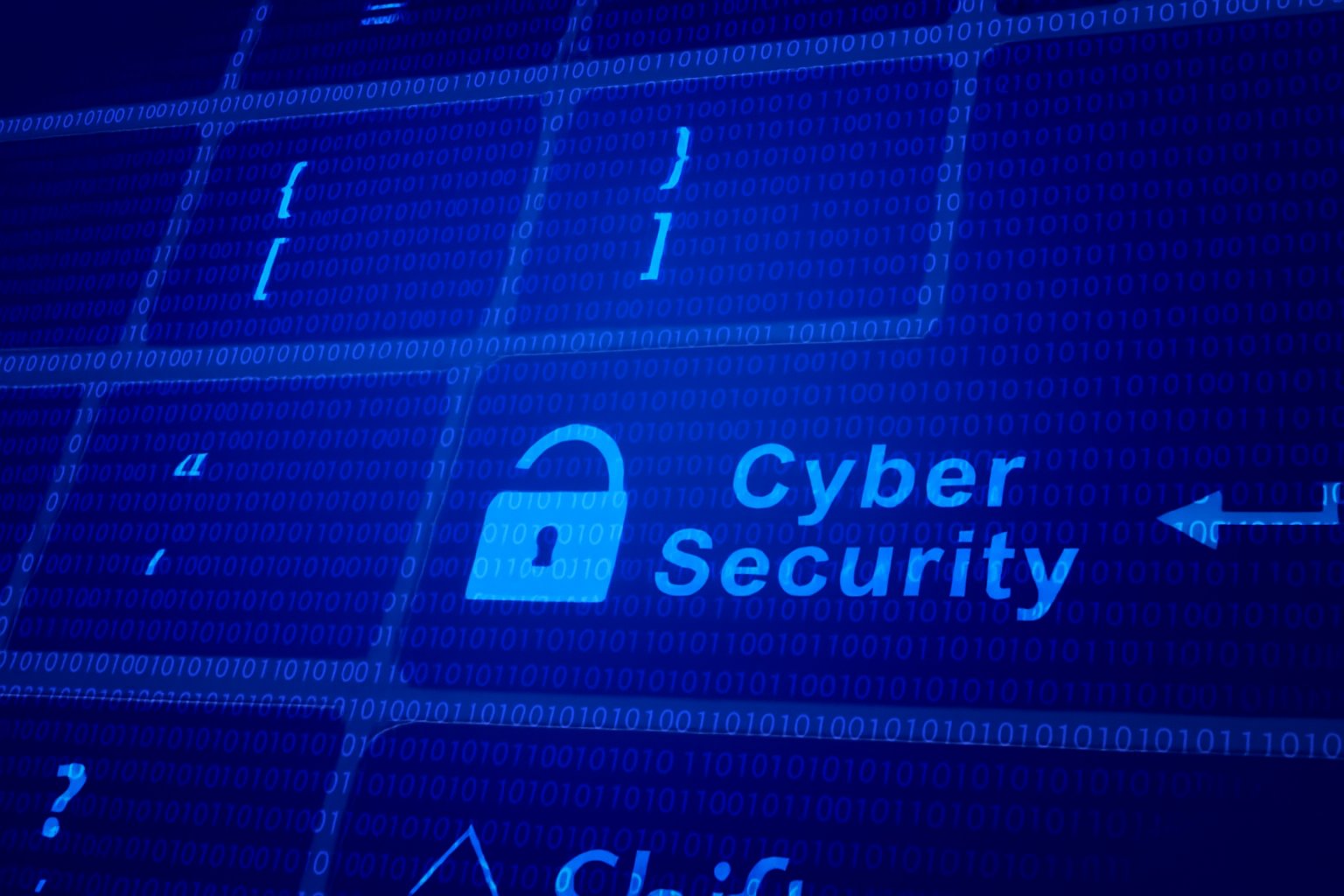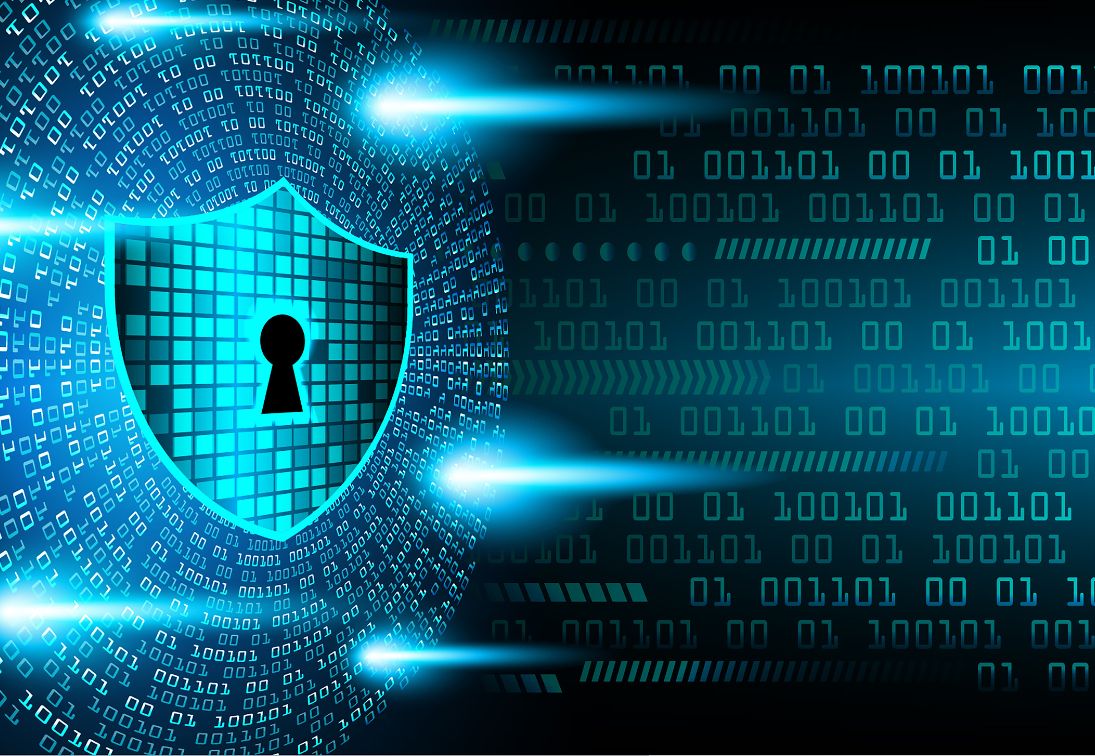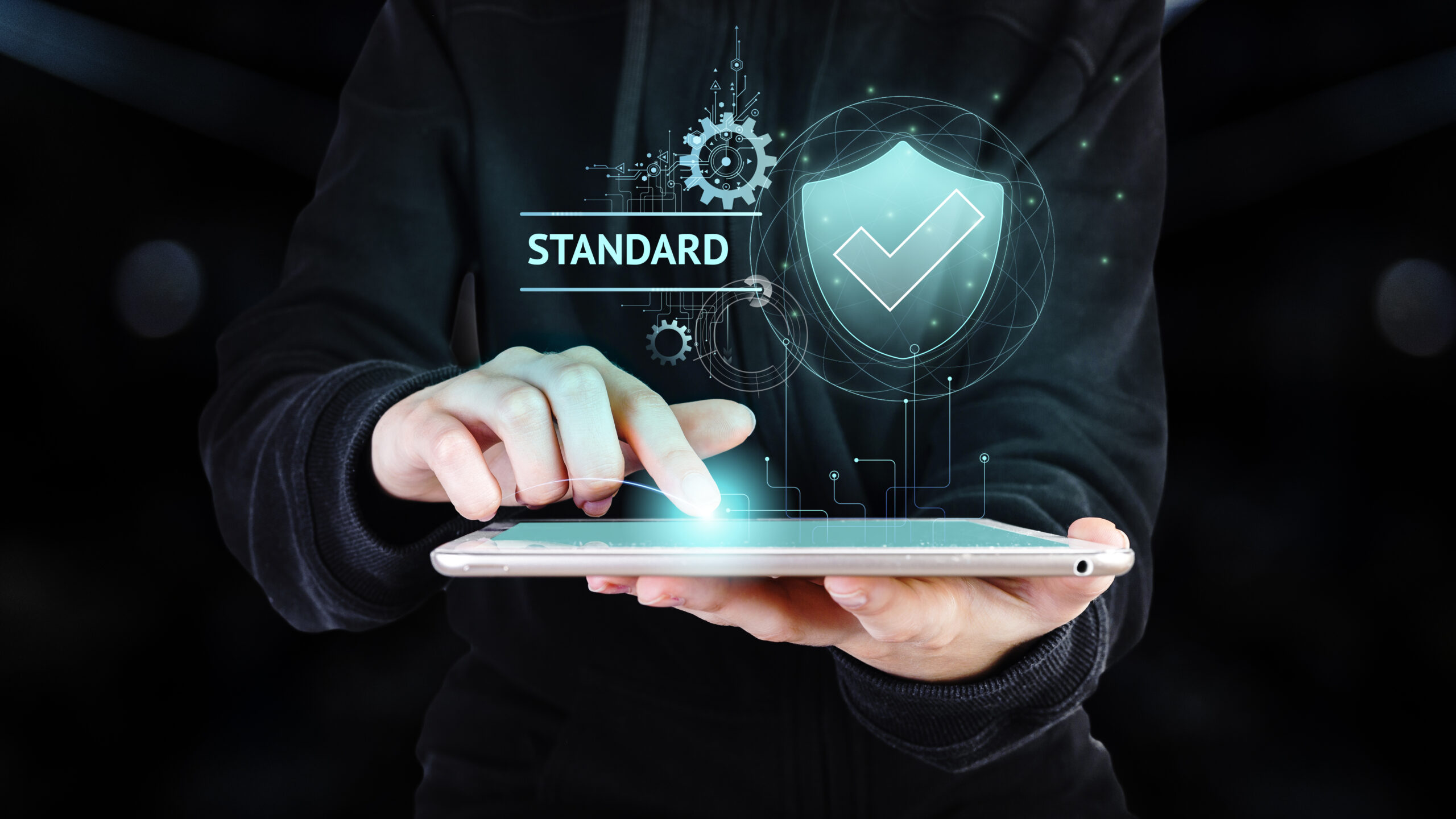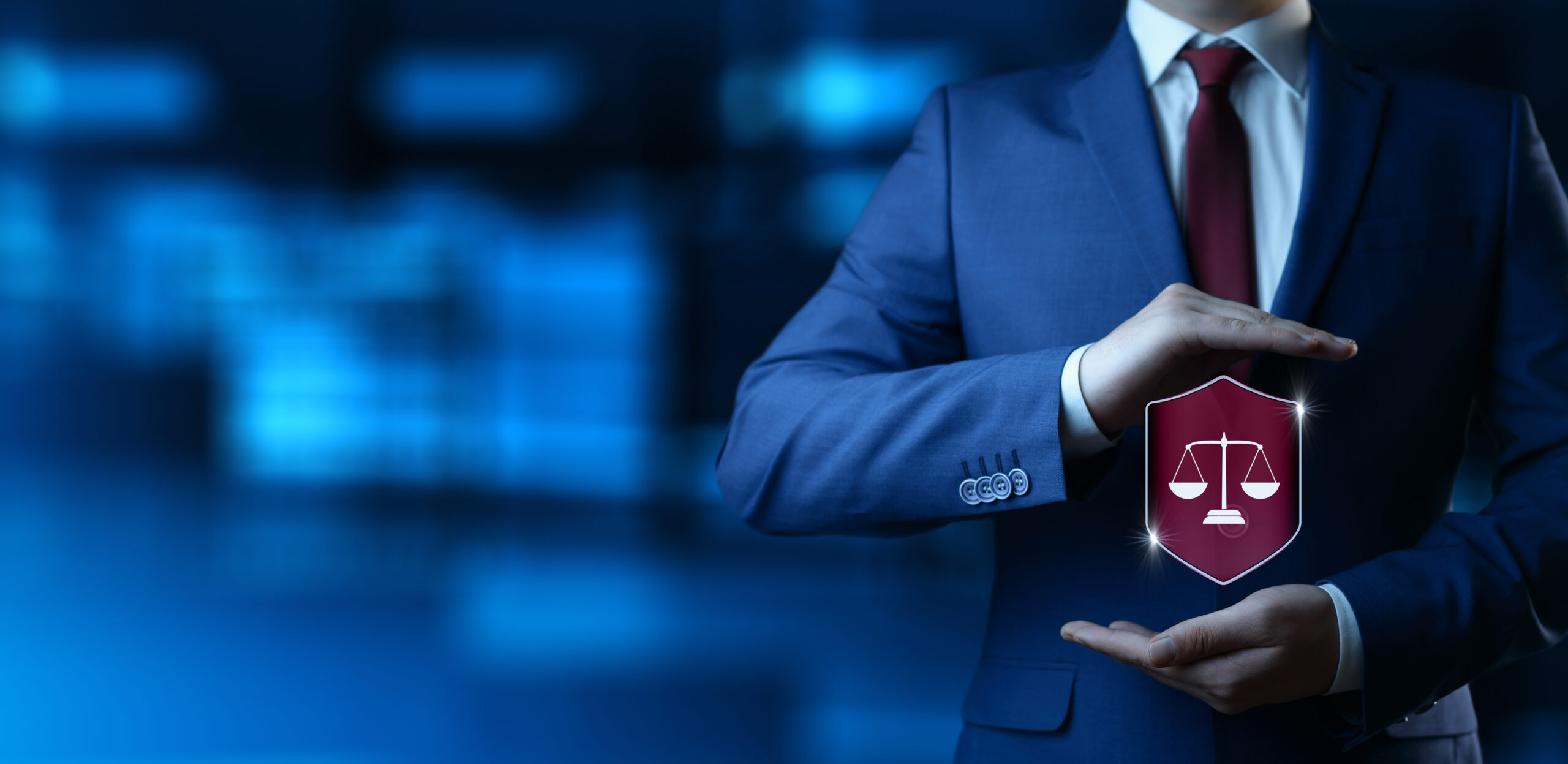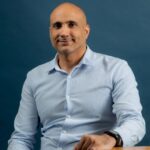Why do you need dark web monitoring?
An active trading arena, where information stolen from organizations is sold, exchanged, or exposed – sometimes without anyone in the organization knowing. When your organization doesn’t monitor what’s being said about it – it’s blind. And that’s exactly what hackers exploit.
What is the darknet anyway?
The Dark Web is a part of the Internet that is not accessible through regular search engines. To access it, anonymous browsing through the TOR network or similar tools is required. It is home to illegal marketplaces, attack group forums, channels for selling stolen information, and services that are some legal, but most are not.
Among the information found there:
- Passwords stolen in phishing attacks or data leaks.
- Internal documents that were leaked – maliciously or through human error.
- Information about customers, suppliers, server locations, business plans.
- Offers to purchase access to intranets (“access for sale”).
- Predictions of future attacks targeting your organization.
Example from the field In one of our recent projects, we performed a silent scan for a mid-sized industrial company. Within one darknet forum, a list of usernames and passwords obtained from an external system was found, including account access. Office 365 of the VP of Operations. The leak was not due to a hack – but rather to password reuse on a compromised third-party website.. Without external monitoring – this would never have been discovered.
Why is this dangerous?
Information found on the darknet is not just sitting there for no reason. Attackers use it to:
- Carry out targeted attacks on officials.
- Access the systems directly (if the password is still active).
- To extract information for business purposes, industrial espionage or blackmail.
- Undermine customer trust – especially if the leak becomes public.
What can be done?
The good news: The darknet and the public internet can be monitored intelligently, legally, and discreetly. The advanced tools on the market allow:
- Continuous monitoring of email addresses, domains, usernames.
- Receive real-time notifications about the appearance of new information.
- Classification of information by severity, and coordinated response (such as resetting passwords, investigating the source of the leak).
- Analyze trends and threats to anticipate future attacks.
How much does it cost?
Less than you might think. There are also solutions tailored to small and medium-sized businesses – including external monitoring services (MSSP) that monitor for you, transmitting only the critical information.
Summary: Dark Web Monitoring
The darknet is not a place to be afraid of – but it is a place to be taken seriously. If you don’t know what’s being published there about your organization – you’re leaving yourself exposed. Proper monitoring, quick response and Advance Security Policy Can turn danger into an opportunity to control and strengthen defense. Cybersecurity and IT – two worlds, one solution.
Why do you need dark web monitoring?
An active trading arena, where information stolen from organizations is sold, exchanged or exposed – sometimes without anyone in the organization knowing. When your organization doesn’t monitor what is said about it – it is blind. And that’s exactly what hackers exploit.
What is the darknet anyway?
The Dark Web is a part of the Internet that is not accessible through regular search engines. To access it, anonymous browsing through the TOR network or similar tools is required. It is home to illegal marketplaces, attack group forums, channels for selling stolen information, and services that are some legal, but most are not.
Among the information found there:
- Passwords stolen in phishing attacks or data leaks.
- Internal documents that were leaked – maliciously or through human error.
- Information about customers, suppliers, server locations, business plans.
- Offers to purchase access to intranets (“access for sale”).
- Predictions of future attacks targeting your organization.

